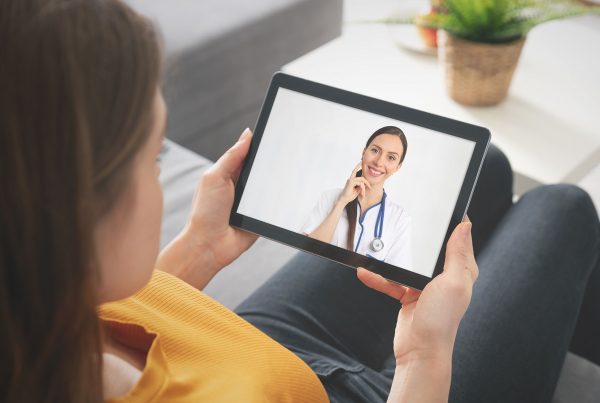Dental practices have historically relied on in-person appointments for diagnosis and treatment. But with the increasing popularity of Teledentistry, many dental practices are considering integrating it into their operations. Teledentistry offers a variety of advantages over traditional dental care, but there are also some challenges associated with its adoption. In this article, we will explore the challenges and benefits of incorporating Teledentristy into your dental practice.
Benefits of Integrating Teledentristy Into Your Practice
Teledentistry can provide a number of benefits to patients, staff, and dentists. Offering Teledentistry can create a new source of revenue for dental professionals. Through Teledentistry, doctors can serve a wider geographical area and attract new patients. The convenience of virtual appointments helps to eliminate physical barriers that may inhibit access to care, such as a lack of transportation or mobility issues due to age or disability. It also allows dentists to provide care outside normal business hours, opening up opportunities for more flexible scheduling arrangements between patient and provider. Teledentistry is often used for remote consultations and follow-up visits, giving patients timely access to preventive care such as screenings, at-home preventative treatments like a fluoride application, teeth cleaning instruction, infection control information sharing, diet counseling, and referrals on specialty services when needed.
The Census Bureau proclaimed that 84% of households in the nation possess a smartphone¹ and that amount is expected to rise in the oncoming years. As customers become more comfortable using their smartphones for normal jobs, they are also becoming increasingly accustomed to undertakings like grocery shopping, online therapy, Teledentistry, matchmaking, and socializing.
Patients want to feel looked after by their doctors. They desire to feel protected in all facets of their interactions with their doctors. This is the power of Teledentistry because it furnishes a practical way for doctors to provide that exceptional attention to their patients without a considerable investment in time and resources. And when trust and safety are guaranteed, particularly during times of COVID-19, then that’s a no-brainer that you will have happy patients.
Teledentistry apps are available at every level. As accommodation rises, so will call for it. Adopting isn’t exclusively done by the user, however. Numerous dental practices are switching to this recent technology to extend their scope, treat more patients, save on PPE and minimize exposure to COVID-19. Above all, dental centers are getting a glimpse of a different way of doing business.
Challenges of Integrating Teledentristy Into Your Practice
Integrating Teledentistry into your practice does require an initial investment in order to get started which could include costs for technology tools like tablets with web cameras and service charges. However, the costs associated with affordable Teledentistry app services can be made back on a single synchronous or asynchronous patient session.
It is critical that medical providers are apprised of the billing codes and complete criteria demanded insurance coverage of virtual appointments. Many patients are willing to pay out-of-pocket for access to a specialist, particularly in urgent cases or when medications need to be prescribed.
Not all Teledentistry applications provide the same value and features. A mandatory feature that Teledentistry service providers must have is HIPAA compliance as it assists in guarding against data breaches and potential liability. Despite its capability of providing more available access to treatment, its range is relatively restricted compared to what can be taken care of during face-to-face appointments. Consequently, it should not be seen as an all-encompassing substitution for all types of dental requirements, but instead, as an alternate plan which may be appropriate under certain conditions or circumstances.
In conclusion, introducing Telendestry has its complexities and advantages to mull over before employing it in your practice. Doctors may currently possess the freedom to implement this as an option, but it will soon become indispensable as younger people will be pulled toward providers who have progressed in order to suit their requirements and preferences.
References:
- United States Census Bureau. April 21, 2021. Computer and Internet Use in the United States: 2018. Retrieved from https://www.census.gov/newsroom/press-releases/2021/computer-internet-use.html







